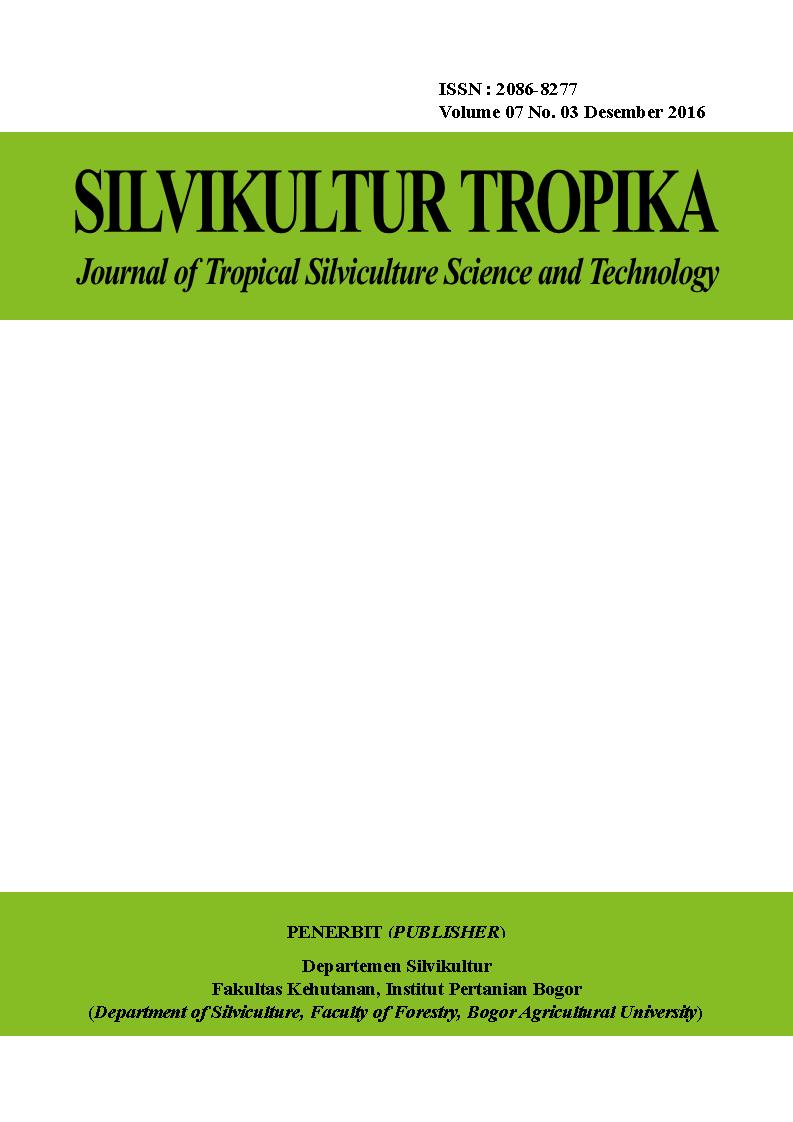Implementation of Hutan Tanaman Rakyat Policy in Muna District Southeast Sulawesi Province IMPLEMENTASI KEBIJAKAN HUTAN TANAMAN RAKYAT DI KABUPATEN MUNA SULAWESI TENGGARA
Abstract
Hutan Tanaman Rakyat (HTR) is a plantation forest in production forest built by community groups to improve the potency and quality of production by applying silvicultural systems to ensure sustainability of forest resources. Since the issuance of this policy in 2007, the development of policy implementation is not showing progress according to plan. Forest area in 2014 is targeted to reach 5.4 million ha, but until mid-2013 the Ministry of Forestry Indonesia HTR new reserve areas covering 679 400 ha and the new can assign permits covering 174 111 ha. Based on this background, it should be conducted policy research aimed to know and analyze the process of policy implementation HTR in Muna District. This research applies qualitative research methods. The method used to facilitate researchers when facing a new reality in the field. The type of data used are primary data and secondary data. Qualitative data collection was done by using a gradual-depth interviews and participatory observation. The results showed Communications, Resource, Disposition, and Structure of Bureaucracy is the deciding factor the successful implementation of the policy has not run with the maximum, so that policy implementation HTR in Muna District inhibited. The conclusion of this study, such as: 1) Understanding the policy implementers and policy subjects (Society) related HTR in Muna District is still low; 2) The resources involved for successful policy implementation HTR in Muna District both the number and qualifications are inadequate; 3) The lack of response to the policy implementers HTR in Muna District (Regent, the staff of Department of Forestry, Forestry Extension and Community policies that are the subject HTR).
Key words: HTR, Communication, Resources, Disposition, Bureaucratic Structure










